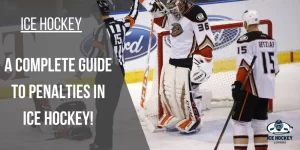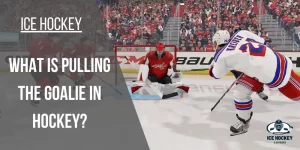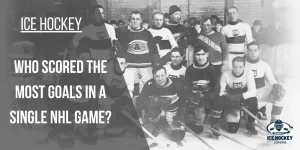How Do Line Changes Work in Hockey? [Scenarios Explained]
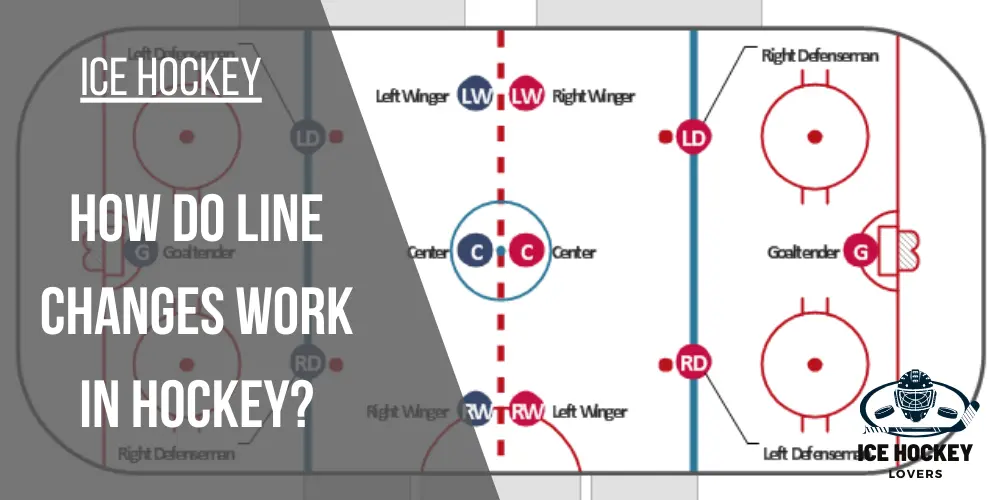
Do you know hockey is one of the unique games on the earth’s surface? It is beautifully exciting, and the more closely you watch it, the more you will see its beauty unfold. Many factors make this game thrilling and fun. One of these is its line changes. Initially, you might find it confusing, but you will start enjoying it once you know its mechanism.
How do line changes work in hockey? The hockey rules allow the players to change with another player when the play stops and during the play. The change during the play is called changing on the fly. Coaches oversee this change of players and decide how and when which player should be on the ice. Every shift of the players has to last for around 45 minutes.
Let’s break down how hockey line changes work and how NHL teams use line changes as a tactic and strategy to dominate the opposing team.
Table of Contents
How is a team organized for line changes?
Every hockey team plays with twelve forwards, six defensemen and two goalies. One of the goalies is just there as a backup while the other plays on the ice. Every line has three forwards and two defensemen. There are four lines for twelve defensemen: a Left Wing, a Center, and a Right Wing.
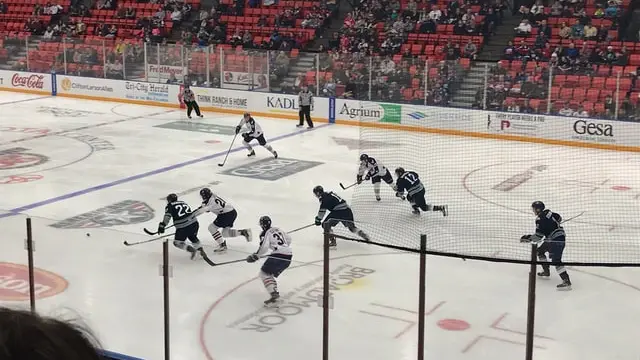
Three pairs of defensemen are the left defensemen and the right defensemen. This organization is disturbed only when there is a penalty and the penalized team loses one player. While sitting on the bench, the players sit according to their groupings organized. The forwards sit closer to the opposing team’s goalie, while the defensemen are near their goalie. The coach informs the player which line will go to play and which line will be waiting.
Line changes while the play is happening
Players can change the lines during the play, known as changing on the fly. It helps maintain the game’s flow and keeps the fresh enthusiasts on the ice.
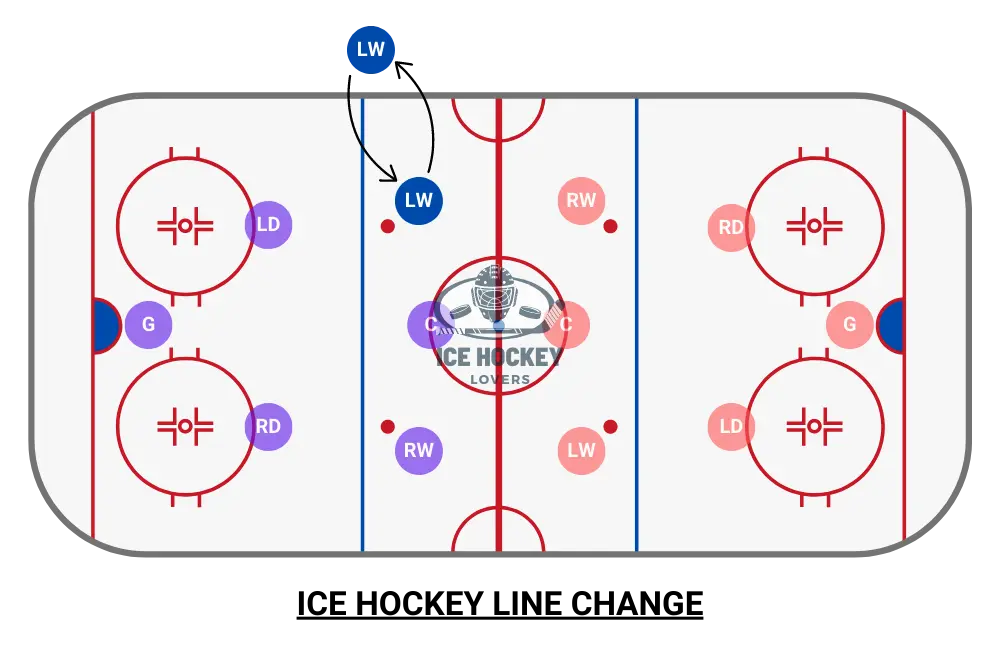
If changing on the fly was not allowed, the change would require the game to stop so that the teams could change their players. This would have disturbed the flow of the game and created disinterest in the audience.
Another important reason supporting this change is that hockey is fast, requiring much strength and stamina. The game pressure is also enough to tire the players. Nobody can perform miracles with an exhausted body, yearning to get some rest. Therefore, changing the players to bring fresh players to the game is necessary.
How do they actually change on the fly?
So, how do the players change on the fly? There are specific rules for that too. The new player has to come to the ice when the leaving player comes at least five feet closer to the box, not before. One has to come, and the other has to go.
Following the substitution rule correctly is essential because there will be a penalty if it is not. There will be more players if both players come on the ice simultaneously, which is an infraction.
Similarly, when both players are still on the ice during the substitution, they cannot touch the puck. If any of them touches the puck, this will cause a penalty to the team.
The players must remain vigilant during the game. The coach describes the line changes, and the players must keep checking when the line returns before them because they have to replace it immediately. Sometimes, the coaches may change the lines and the pairs of players during the game to get better results.
Line changes during a stoppage of play
Lines also change when the play stops, which is more accessible and straightforward. The teams can change their players when the whistle blows and the play stops. Sometimes, they change the lines and the pairs of players; at other times, individual players are also replaced. During this substitution, the away team will change their lines first and then the home team.

The linesman on the centre ice holding his arm up indicates line change. When he lowers his arm, the team has completed the change. After this, the home team changes its lines and brings in substitutes.
Why does a home team get the last line change for substitutions?
A question might arise on this order of substitution. Why do the home teams get the last change? The away team, also called the road team, changes first. After which, the home team coach checks which players they have put on the ice and then decides which players of his team should go against them.
That is an advantage. This is strength against strength. The home team can match the players the away team is playing or send offensive players to the ice against the opponent’s defensive ones. It’s all about the matchups, and the home team takes advantage of being the last ones.
Zone starts: where a coach decides to start a line
Coaches can also start certain lines depending on where the faceoff zone is. Weaker lines will result in a more significant number of offensive or neutral zone starts. This is done to avoid being scored against by the other team.
When are teams not allowed to change lines after a whistle?
The teams can change the lines when the play stops and during the play too, but there is a time when they cannot change lines.
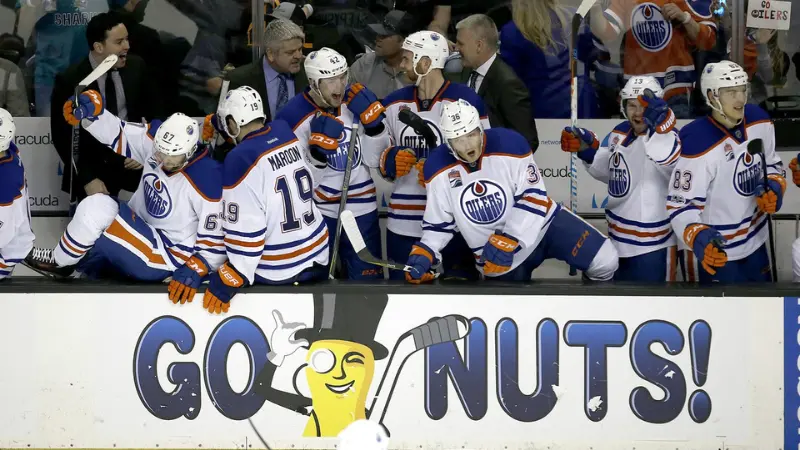
The teams cannot change the line when they have iced the puck. Icing the puck is a severe infraction which results in a faceoff. To stop the icing of the puck, the NHL has imposed another penalty on it: the team that ices the puck cannot change its lines.
Therefore, this penalized team will have to keep playing the game with the line already playing without any substitutes while the other team can change their lines. This is a massive advantage to the other team as they bring in fresh players against the tired ones. With the hope that you could gain insight into the line changes, this is all about line changes.
Offensive Line Change
Ice hockey offensive lines consist of three hockey players known as linemates. Each line has one centre player and two wings, right and left. The centerman changes on and off the rink only with other centermen, especially the centerman before them. The other two positions change the same way. To have a complete line change, all three linemates must be replaced by new linemates. This means that all three positions will switch with the three positions of another forward line.
Defensive Line Change
The same technique goes for defensive line players, but instead of three players changing on and off the rink, only two players, a defenseman pair, will switch on and off the ice. Two pairs of defensemen, a right defenseman and a left defenseman, will change each time. So, on each defensive line change, a right defenseman will change only with the right defenseman before him, and the left defenseman follows the same.
Frequently Asked Questions
What are the blue lines on the ice rink?
The two Blue lines on the ice indicate each team’s offensive and defensive zones. Each line is approx 25 feet away from the centre red line. The blue lines are essential as they assist in calling offsides, a game stoppage pivotal for a fair game.
Conclusion
In conclusion, what does this line change teach you about life? If one strategy isn’t working, you don’t have to stick to it. Go for another one. And it’s okay to rest. Rest and come back with tremendous enthusiasm and more zeal!
Related Posts:

Who is Austin Taylor?
Meet Austin Taylor, your go-to source for everything ice hockey! With a passion for the sport that’s as deep as the ice itself, Austin Taylor brings you concise, expert insights and nitty-gritty details on all things hockey. From gear reviews to strategy breakdowns, Austin Taylor is your trusted guide to navigating the exhilarating world of ice hockey. Get ready to lace up your skates and dive into the game with Austin Taylor as your ultimate companion.


